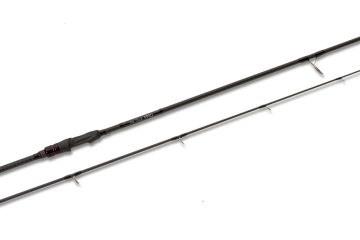The Significance of Walkers in Enhancing Mobility

Introduction
As the global population ages, the importance of mobility aids such as walkers cannot be overstated. Walkers are essential tools that provide support and stability to individuals with limited mobility, helping them maintain independence and enhance their quality of life. Recent advancements in walker technology and design have made these mobility aids more accessible and user-friendly. Understanding the latest developments in walker usage is crucial for caregivers, health professionals, and those in need of mobility assistance.
Recent Developments in Walker Design
Walkers have evolved significantly from their rudimentary designs. Manufacturers now offer a variety of walkers equipped with features that cater to diverse needs. Lightweight materials such as aluminium have replaced heavier counterparts, making it easier for users to manoeuvre. Additionally, walkers with adjustable heights ensure that users can find a comfortable fit, reducing the risk of strain during use. Innovative designs also include models with built-in seats for users who may require rest during longer distances.
Benefits of Using a Walker
The benefits of using a walker extend beyond mere mobility assistance. Walkers can prevent falls, a common concern for the elderly and those with balance issues. A study published in the Journal of Geriatric Physical Therapy found that walkers significantly reduced fall risk among seniors, providing stability and confidence. Furthermore, using a walker can help improve posture and balance over time, promoting greater overall health. Regular use encourages physical activity, which can combat conditions like obesity and cardiovascular disease.
Educational Initiatives and Resources
Given the importance of walkers, various health organisations have launched educational initiatives to inform the public about their proper usage. Workshops and online resources provide user guides, maintenance tips, and information on selecting the right model based on individual needs. Healthcare professionals are encouraged to assess patients’ mobility and recommend appropriate walkers, ensuring that users receive the maximum benefit from their equipment.
Conclusion
Walkers play a vital role in enhancing the mobility and independence of individuals facing mobility challenges. With continuous improvements in design and functionality, walkers not only help prevent falls but also encourage a more active and engaged lifestyle. As the population ages, the demand for effective mobility solutions will continue to grow, highlighting the significance of walkers in contemporary society. Looking ahead, further innovations in walker technology will likely emerge, promoting even greater independence for users.




